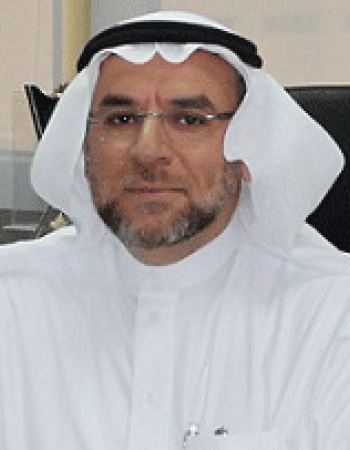Extracorporeal shock wave lithotripsy for the rescue of post-endoscopic or surgically retained biliary duct stones: Does saline irrigation affect the outcome ?
Extracorporeal shock wave lithotripsy (ESWL) has been found valuable in situations where obstructing stones in the common bile or intrahepatic ducts are retained following surgery or attempted endoscopic removal. However, success rates are dependent on the type of ESWL system employed and upon a high frequency rate of repeated treatment sessions. We outline our experience with 23 cases of retained, obstructing bile duct stones, ranging in size from 10 to 40 mm diameter, treated with Dornier HM3 ESWL. In the initial 12 patients in the series, successful stone fragmentation occurred in 83% of cases with a median 1.6 treatment sessions. In the latter 11 cases in the series, patients were treated
prone and the stone-bearing biliary duct was irrigated with saline solution during ESWL delivery. With this technique, successful stone break up was achieved in all patients (100%) with a single treatment session. Endoscopic sphincterotomy is, however, a prerequisite for extracorporeal lithotripsy and, despite the high success rates now available with new techniques, we believe the ESWL should continue to be employed in support of primary endoscopic methods of management for obstructing bile duct stones.

The aim of this study was to evaluate the ability of admissions criteria at King Saud University (KSU), Riyadh, Saudi

